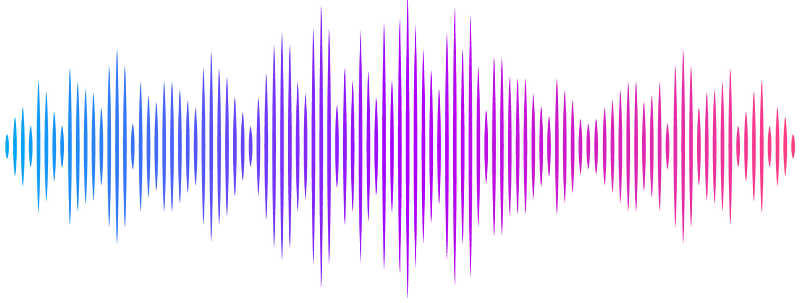Membrane Curvature Promotes ER-PM Contact Formation via Junctophilin-EHD Interactions

Membrane Curvature Promotes ER-PM Contact Formation via Junctophilin-EHD Interactions
Yang, Y.; Valencia, L. A.; Lu, C.-H.; Nakamoto, M. L.; Tsai, C.-T.; Liu, C.; Yang, H.; Zhang, W.; Jahed, Z.; Lee, W.-R.; Santoro, F.; Liou, J.; Wu, J. C.; Cui, B.
AbstractContact sites between the endoplasmic reticulum (ER) and the plasma membrane (PM) play a crucial role in governing calcium regulation and lipid homeostasis. Despite their significance, the factors regulating their spatial distribution on the PM remain elusive. Inspired by observations in cardiomyocytes, where ER-PM contact sites concentrate on tubular PM invaginations known as transverse tubules (T-tubules), we hypothesize that the PM curvature plays a role in ER-PM contact formation. Through precise control of PM invaginations, we show that PM curvatures locally induce the formation of ER-PM contacts in cardiomyocytes. Intriguingly, the junctophilin family of ER-PM tethering proteins, specifically expressed in excitable cells, is the key player in this process, while the ubiquitously expressed extended synaptotagmin 2 does not show a preference for PM curvature. At the mechanistic level, we find that the low complexity region (LCR) and the MORN motifs of junctophilins can independently bind to the PM, but both the LCR and MORN motifs are required for targeting PM curvatures. By examining the junctophilin interactome, we identify a family of curvature-sensing proteins, Eps15-homology domain containing proteins (EHDs), that interact with the MORN_LCR motifs and facilitate the preferential tethering of junctophilins to curved PM. These findings highlight the pivotal role of PM curvature in the formation of ER-PM contacts in cardiomyocytes and unveil a novel mechanism for the spatial regulation of ER-PM contacts through PM curvature modulation.


